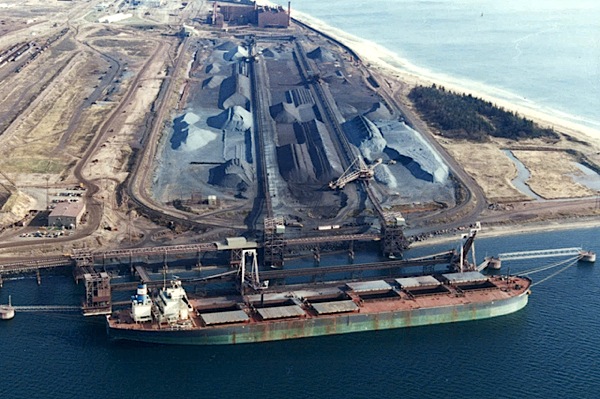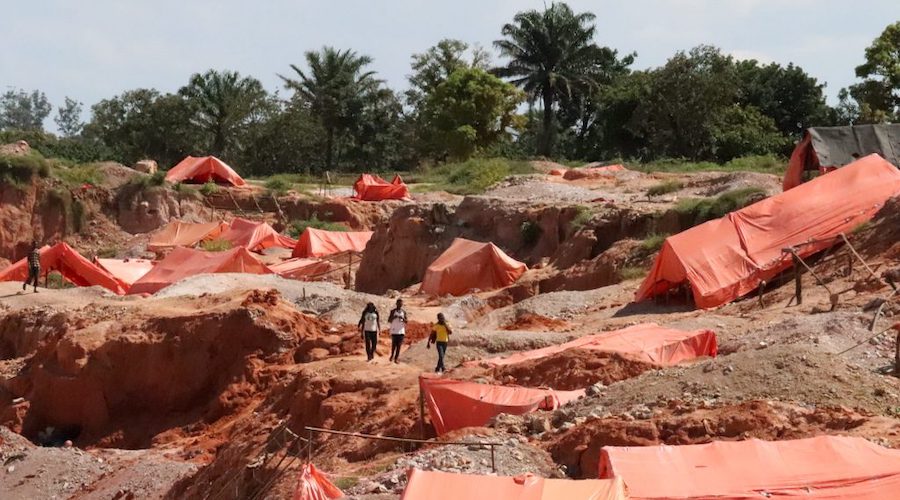Canadian court hands victory to First Nations in lawsuit against Rio Tinto
Two Quebec Innu communities whose traditional territory covers a large part of the province northeast and Labrador, have achieved a crucial legal victory in their battle for Cdn$900 million ($760 million) in compensation from Rio Tinto-owned Iron Ore Co. of Canada (IOC).
The win came as the Quebec Court of Appeal, which is the province’s highest court, said Wednesday it won’t hear an appeal of a September 2014 Quebec Superior Court judgment that rejected a motion to dismiss the lawsuit.
The Innu First Nations of Uashat Mak Mani-Utenam (Uashaunnuat) and Matimekush-Lac John claim that IOC has violated their rights for nearly 60 years by running a large mining complex and railway on traditional territory in northeastern Quebec and Labrador without prior consent.
Rio was pursuing the suit dismissal by arguing that the provincial government is the one that should be targeted and not the company.
The Innu claim says IOC’s mines and facilities have ruined the environment, displaced members from their territory and prevented them from practicing their traditional way of life. They also said the 578-kilometre railway between Schefferville and Sept-Iles has opened up their territory to “numerous other destructive development projects.”
The allegations have not been proven in court.
“Rio Tinto and its subsidiary IOC continue to try to ignore us, just as they always have. IOC’s president even refuses to meet with us personally. But after this judgement, [the companies] will no longer be able to hide,” said Chief of Uashat Mak Mani-Utenam, Mike McKenzie, in a statement.
The communities have reached agreements with other miners operating in the area, including ArcelorMittal (NYSE:MT), Cliffs Natural Resources (NYSE:CLF), Tata Steel (NSE:TATASTEEL), New Millennium Iron (TSX:NML) and Labrador Iron Mines (TSX:LIM), all of which provided financial compensation for the mining activities.
More News
{{ commodity.name }}
{{ post.title }}
{{ post.date }}




Comments
Stagetech
Before you complain about “our tax dollars ” going to the naive population, maybe you should do a little research on where the payments are coming from.